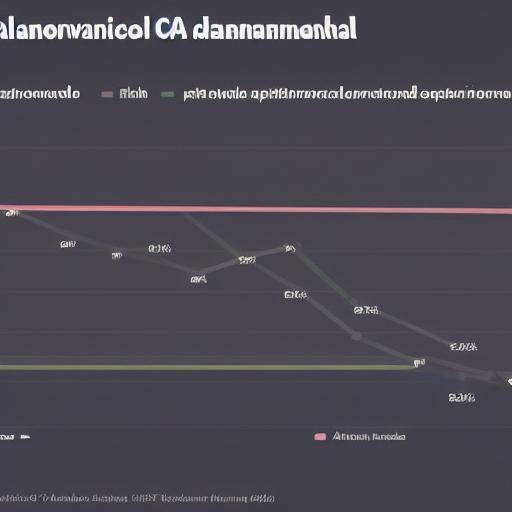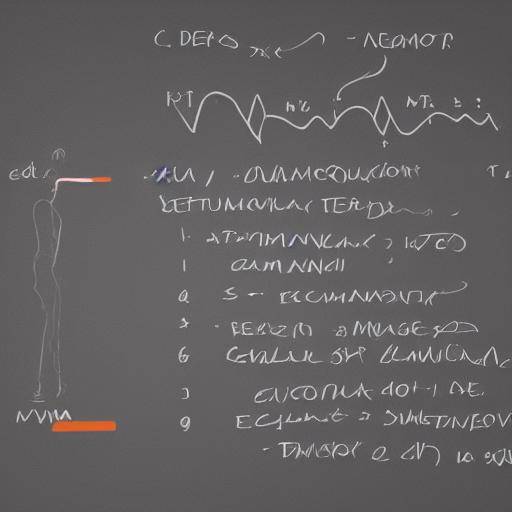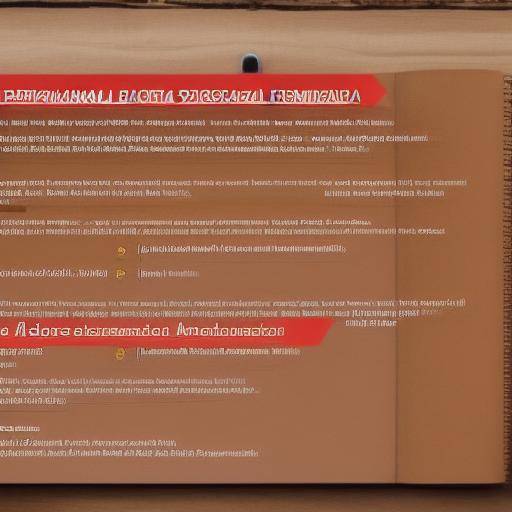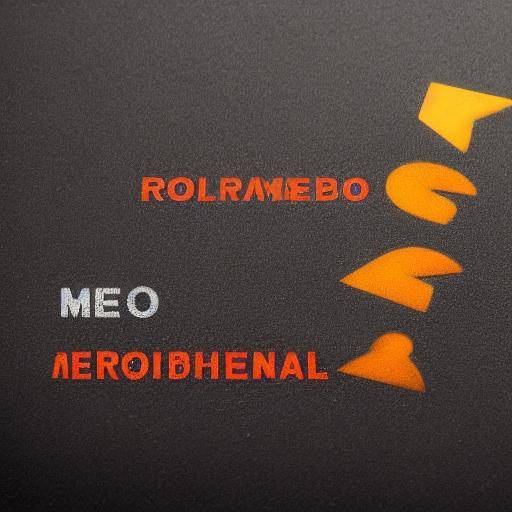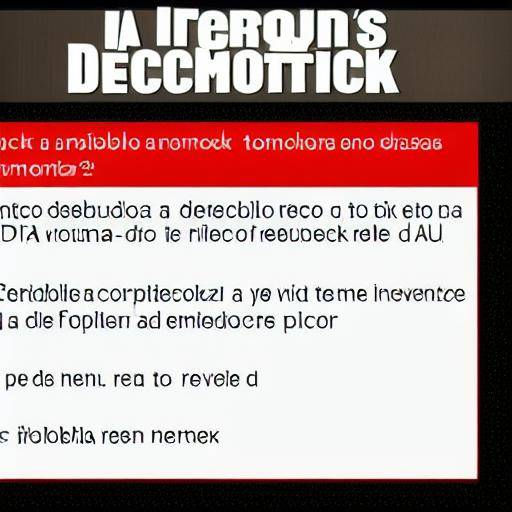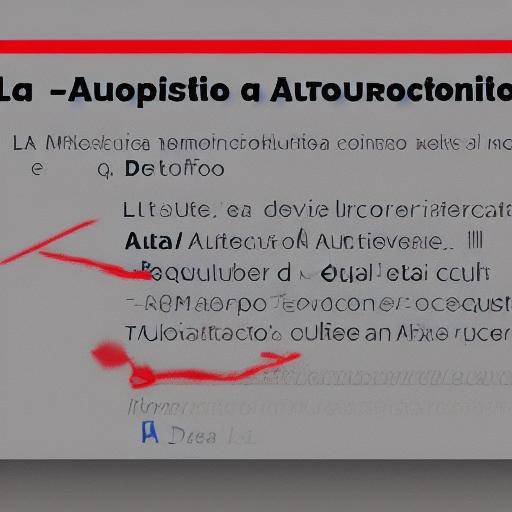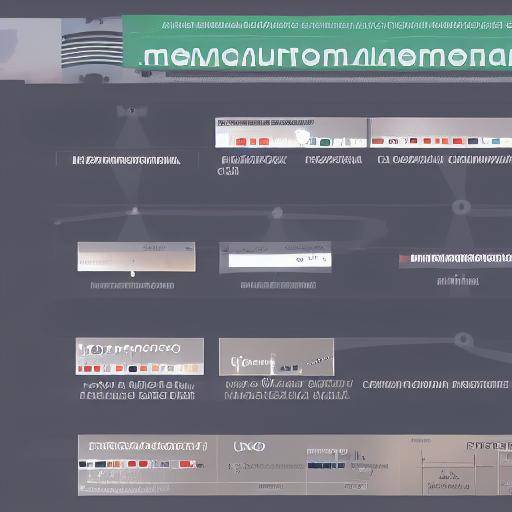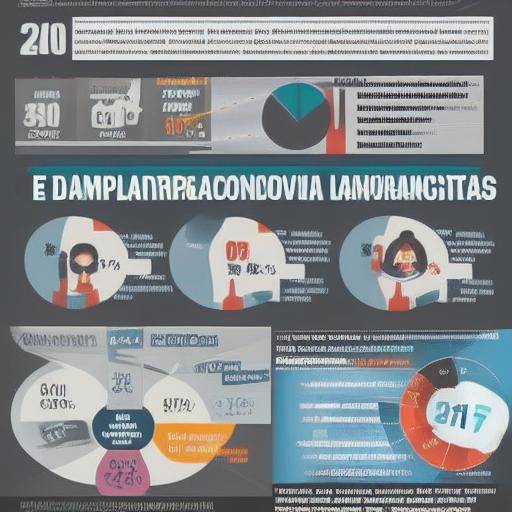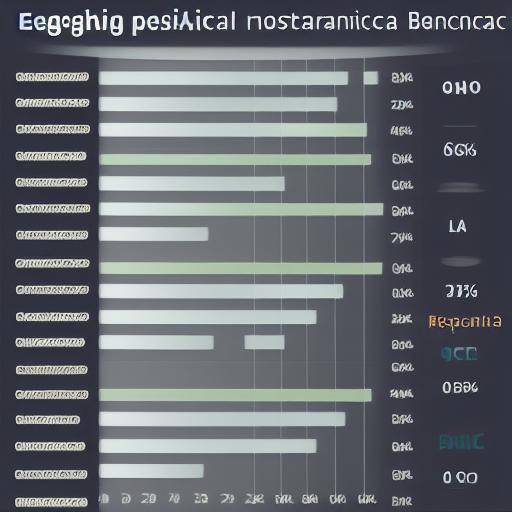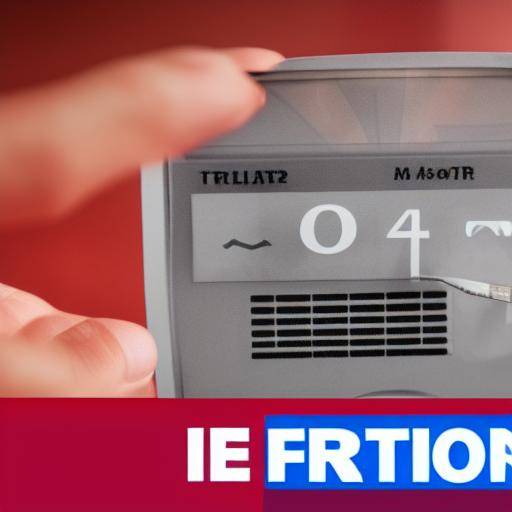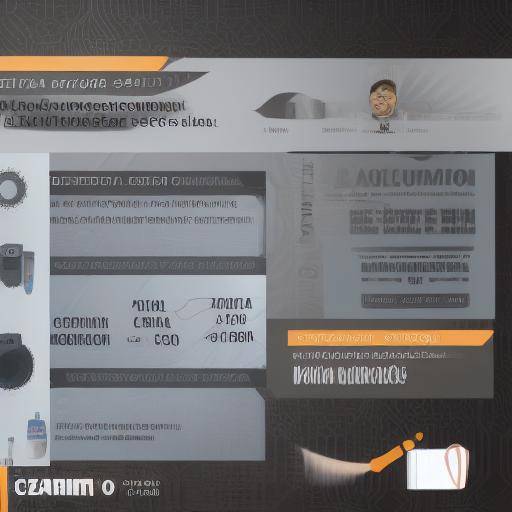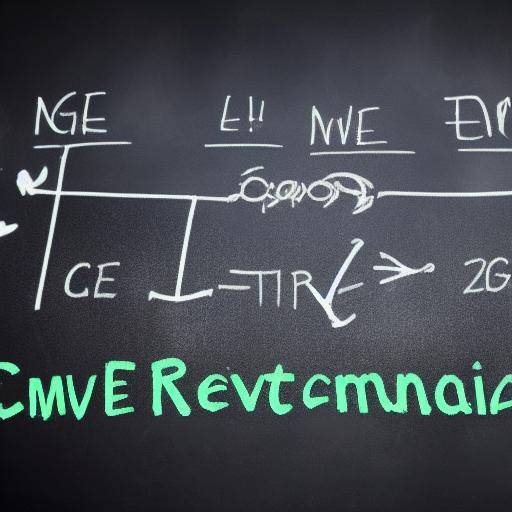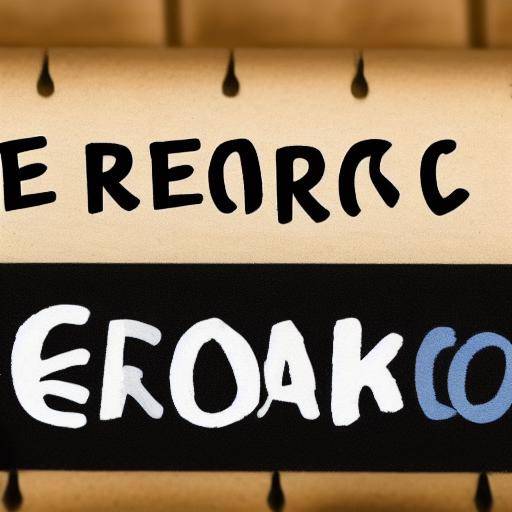
Feedback is a vital tool to continuously improve the efficiency and effectiveness of teamwork. The weekly review is the perfect opportunity to effectively integrate feedback into operations. In this article, we will explore the importance of feedback, its impact on the weekly review and continuous improvement, as well as practical advice and expert opinions to provide a comprehensive guide on how to integrate feedback into the weekly review optimally.
Introduction
Before getting into how to integrate feedback into the weekly review, it is crucial to understand the meaning and importance of feedback. Feedback, in the working environment, is the exchange of information on performance among team members, with the objective of identifying strengths, weaknesses and opportunities for improvement. The essence of feedback lies in its ability to foster a process of continuous improvement, catalysing professional development and operational efficiency.
History and Background
To better understand how to integrate feedback into the weekly review, it is essential to explore its origins and evolution. The concept of feedback in the field of work has been fundamental in the effective management of teams for decades. From the first approaches to human resources management to modern performance evaluation systems, feedback has been a pillar of continuous improvement in professional environments.
A crucial milestone in the evolution of feedback in the weekly review has been the emergence of specific tools and methodologies for their effective integration, such as 360° evaluation systems, which allow feedback from multiple sources. This holistic approach in the weekly review process has proven to be critical in identifying areas of improvement and enhancing professional and organizational growth.
Comprehensive analysis
The feedback in the weekly review not only offers extensive advantages, but also poses intrinsic challenges. Addressing key benefits and challenges can provide a deeper understanding of their impact. For example, regular and constructive feedback can improve collaboration, motivation and problem solving on a team. However, inadequate feedback management can lead to conflicts or demotivation.
In addition, it is essential to analyze current trends in integrating feedback into the weekly review. Technological innovations, such as online feedback platforms and target tracking tools, have transformed how feedback is collected and taken advantage of during the weekly reviews. Understanding these trends is vital to implement effective feedback integration strategies.
Comparative review
The comparison between feedback, weekly review and continuous improvement reveals the synergy between these areas. While the weekly review provides the framework for discussion and evaluation of individual and collective performance, feedback provides the necessary information to identify areas of improvement and establish concrete actions for continuous improvement. Integrating these processes harmoniously enhances the growth and effectiveness of the equipment.
Practical Tips and Accessible Recommendations
To effectively integrate feedback into the weekly review, it is crucial to have a number of practical tips that guide the actions to follow. Establishing an open and constructive feedback culture, setting clear and measurable goals for the weekly review, and providing training on the feedback process are just some of the strategies that can optimize this integration.
Industry Perspectives and Expert Reviews
Expert opinions within the industry provide a valuable insight into the integration of feedback into the weekly review. Recognized leaders in human resources management, organizational psychologists and renowned consultants provide fundamental insights on best practices, emerging trends and potential challenges related to integrating feedback into the weekly review.
Cases of Study and Real Life Applications
Case studies that illustrate practical feedback applications in the weekly review provide concrete examples of their impact. These cases show how companies in different sectors have implemented effective feedback strategies in their weekly reviews, generating tangible results, such as improving the working climate, increasing productivity and identifying internal talent.
Future Trends and Predictions
Finally, exploring future trends related to the integration of feedback into the weekly review allows us to anticipate the changes and challenges that will define the work landscape. The adoption of artificial intelligence technologies for the collection and analysis of feedback, the growing importance of feedback in remote working environments and the emphasis on diversity and inclusion are some of the trends that will shape the future of feedback integration in the weekly review.
Conclusions
In conclusion, integrating feedback effectively into the weekly review is critical to promoting a working environment for continuous improvement, professional development and fruitful collaboration. By understanding the history, benefits, challenges and future trends of feedback in the context of the weekly review, leaders and work teams can optimize this process and enhance their positive impact.
FAQs
Why is it crucial to integrate feedback into the weekly review?
The integration of feedback in the weekly review allows us to identify areas of improvement, strengthen communication and strengthen the culture of continuous improvement in the team.
How to manage feedback during the weekly review effectively?
Managing feedback effectively during the weekly review involves establishing an environment of trust, providing constructive feedback and establishing concrete action plans.
What are the recommended technological tools to integrate feedback into the weekly review?
Online feedback platforms, labor climate surveys and target tracking systems are effective technology tools to integrate feedback into the weekly review.
How to motivate partners to participate actively in the weekly review and feedback process?
The motivation of partners to participate actively involves showing the value of their contributions, recognizing their efforts and encouraging active participation in continuous improvement.
What is the impact of effective feedback on talent retention?
Effective feedback strengthens the relationship between the employee and the organization, improves professional development and fosters an enabling working environment for the retention of talent.
What is the role of leadership in the effective integration of feedback into the weekly review?
Leadership has a key role in establishing a culture of feedback, modeling honesty and transparency in communication, and guiding the process of continuous improvement.
With the implementation of these recommendations, organizations can enhance their weekly review and continuous improvement processes, strengthening adaptation capacity, team commitment and achieving long-term strategic goals.
Conclusion The integration of feedback into the weekly review is an essential practice to foster the continuous improvement and development of high-performance equipment. By understanding its historical relevance, current impact and promising future, organizations can maximize the potential of feedback in the weekly review to achieve sustainable success.
With these tips and new knowledge, leaders and teams can optimize their weekly review processes to promote a working environment driven by effective feedback and continuous improvement.








